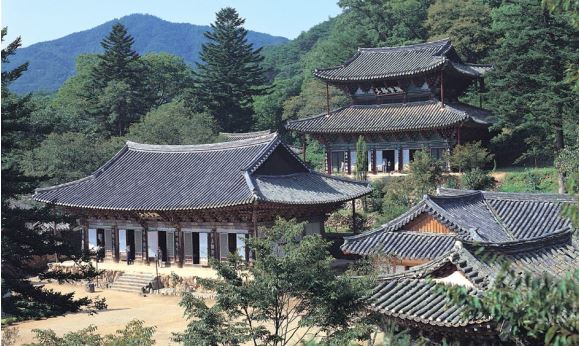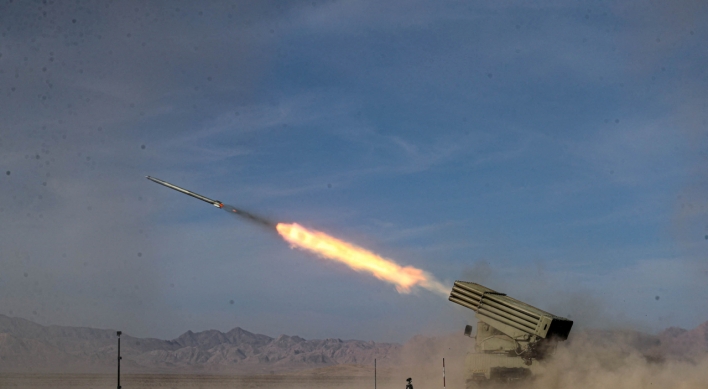Seven S. Korean Buddhist temples inscribed on UNESCO World Heritage List
By YonhapPublished : July 1, 2018 - 09:14
South Korea added seven Buddhist mountain temples to the UNESCO World Heritage list on Saturday, earning international recognition for another set of historical sites.
The unanimous decision was announced on Saturday during the 42nd session of the World Heritage Committee held in Manama, Bahrain, which runs from June 24 to July 4. South Korea submitted an application in February last year for the seven mountain temples.
The temples, all located on mountains, include Seonamsa on Mount Jogye and Daeheungsa on Mount Duryun, located in South Jeolla Province; Beopjusa on Mount Songni and Magoksa on Mount Taehwa in central Chungcheong region; and Tongdosa on Mount Yeongchuk, Buseoksa on Mount Bonghwang, Bongjeongsa on Mount Cheondeung that are situated in southern Gyeongsang Province.

The decision defied earlier expectation that only four of the seven -- Beopjusa, Tongdosa, Buseoksa and Daeheungsa -- would be listed. The International Council on Monuments and Sites (ICOMOS), a non-governmental advisory group that provides a pre-assessment prior to the UNESCO's call, recommended shelving the application for the other three, citing lack of historical significance and small sizes.
South Korea won places for all seven apparently on the back of active negotiations and promotion, which helped secure votes from all member countries at the last minute, an official familiar with the matter said.
All of the seven temples were established during the Three Kingdoms period from 37 B.C. to 668 A.D., when Koguryo, Baekje and Silla occupied the peninsula and territory farther north, in present-day China and Russia.
The temples mostly housed rooms to learn scripts and doctrines, living areas for monks and worshippers as well as facilities to conduct rituals.
Applying for heritage site designation last year, an official from the Korean Cultural Heritage Administration (CHA) said, "The temples, since their establishment, have continued the tradition of Korean Buddhism that is both religious and deeply rooted in people's lives."
South Korea already holds numerous World Heritage site designations, including the most famous temple, Bulguksa, Seokguram Grotto, ancient royal Changdeokgung Palace and 81,350 printing woodblocks of the Tripitaka Koreana housed in Haeinsa temple. (Yonhap)











![[Today’s K-pop] BTS pop-up event to come to Seoul](http://res.heraldm.com/phpwas/restmb_idxmake.php?idx=644&simg=/content/image/2024/04/17/20240417050734_0.jpg&u=)





![[KH Explains] Hyundai's full hybrid edge to pay off amid slow transition to pure EVs](http://res.heraldm.com/phpwas/restmb_idxmake.php?idx=652&simg=/content/image/2024/04/18/20240418050645_0.jpg&u=20240419100350)

![[Today’s K-pop] Zico drops snippet of collaboration with Jennie](http://res.heraldm.com/phpwas/restmb_idxmake.php?idx=642&simg=/content/image/2024/04/18/20240418050702_0.jpg&u=)